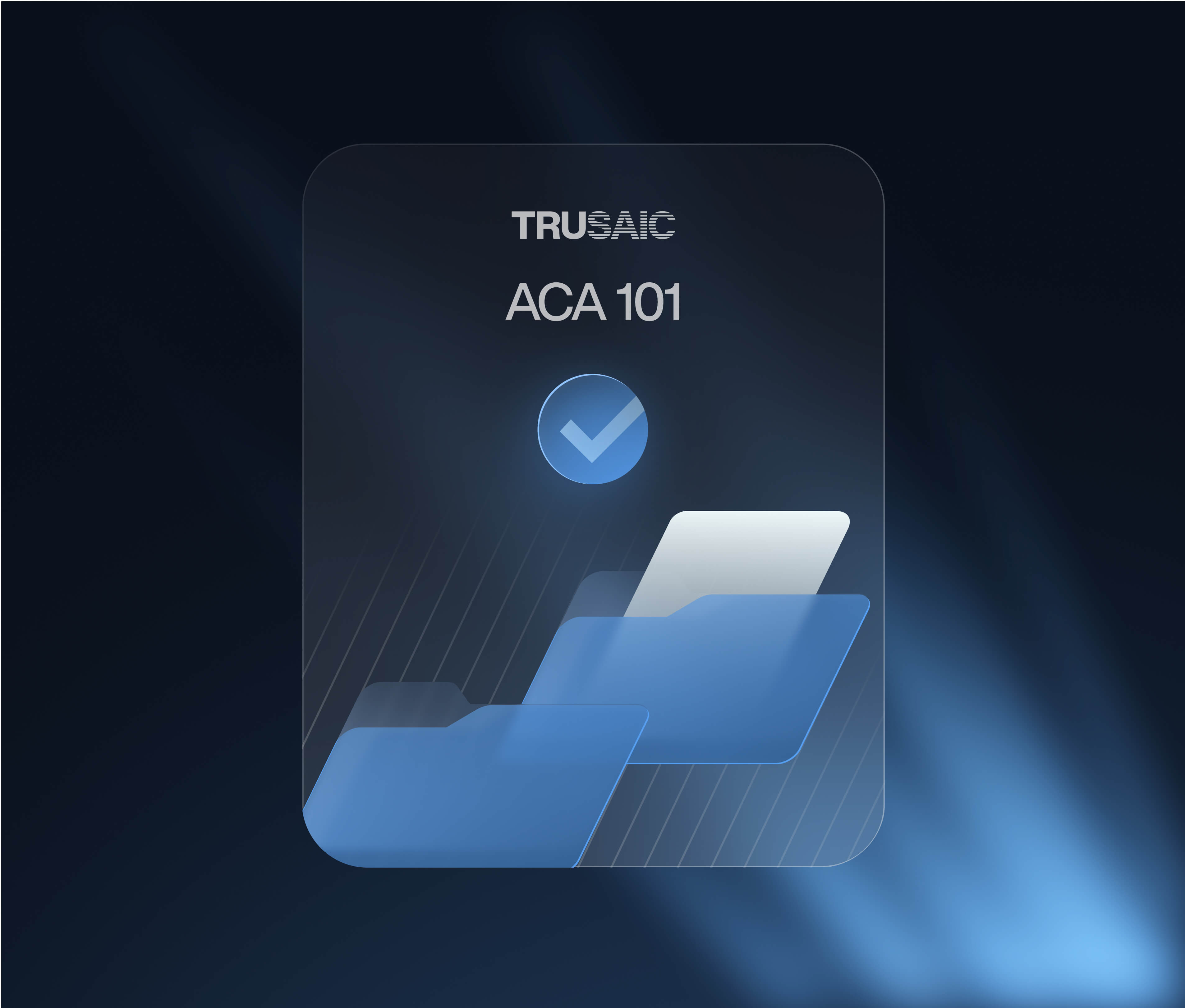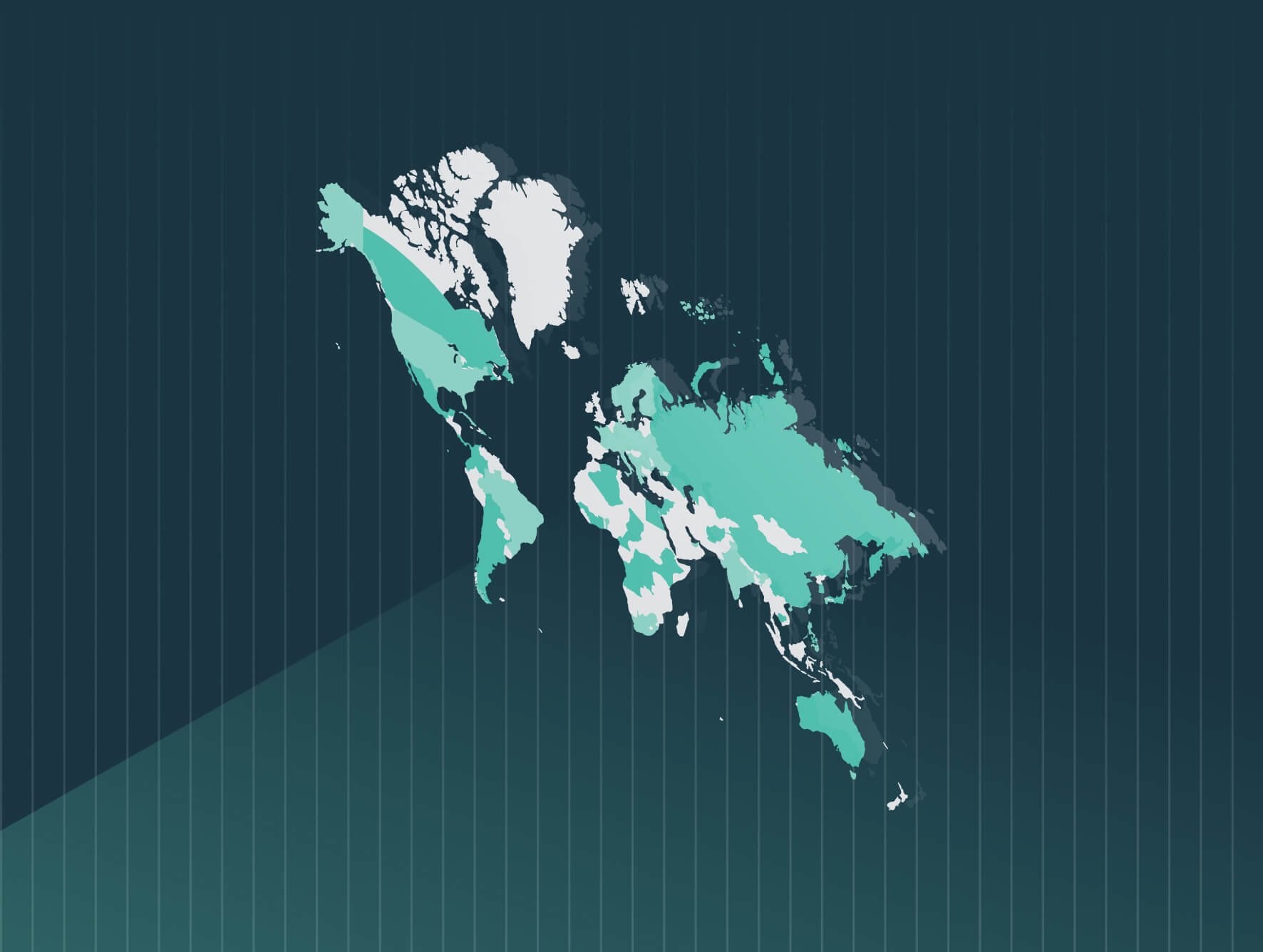Note: The Finnish government on May 16, 2025 published its draft legislation to implement the EU Pay Transparency Directive. You can access our blog breaking down the proposed provisions. This guide will be updated accordingly once the amendments are officially transposed into law. If passed, the new legislation is expected to take effect May 18, 2026.
Finland’s Act on Equality between Women and Men (609/1986), also referred to as the Equality Act, first came into force on Jan. 1, 1987. It aims to prevent gender-based discrimination and promote equality between women and men, thus improving the status of women, particularly in the workplace.
Public and private employers with 30 or more employees are required to prepare gender equality plans every two years.
Finland reporting requirements
Who needs to report?
Employers with 30 or more employees are required to prepare gender equality plans which must include a comprehensive pay survey.
What to report?
Gender equality plans may be incorporated into a personnel and training plan or an occupational safety and health action plan. Plans must be prepared in cooperation with representatives appointed by employees. Those representatives must have an opportunity to participate in, and influence the preparation of, the plan. Gender equality plans must include
- An assessment of the employer’s gender equality situation, including details of the employment of women and men in different jobs, and a pay survey covering all employees presenting:
- Classifications of jobs performed by women and men;
- The pay for those jobs, and;
- Differences in pay.
- Necessary measures planned for introduction or implementation, with the purpose of promoting gender equality and achieving equality in pay.
- A review of the extent to which measures previously included in the gender equality plan have been implemented and results achieved.
Pay survey: The purpose of the pay survey is to ensure there are no unjustified pay differences between women and men engaged in either the same work or work of equal value.
In the process of conducting a pay survey, employers must compare pay between men and women in each employee group. If the pay equity analysis shows differences in pay between women and men, the employer must analyze the reasons for these differences. Where an employer has established systems in which wages consist of pay components, the central components are inspected to clarify the reasons for the differences.
If there is no justification for the pay differences, the employer must take appropriate measures to rectify the situation. Additional guidance on what “appropriate measures” entails is not provided.
According to the Ombudsman for Equality, “Comparisons of pay can principally be done for employees who are carrying out the same work or work of equal value for the same employer. “
Acceptable reasons for pay differences are also provided by the Ombudsman for Equality. These include work experience and education, personal performance, different collective agreements, market factors, and other allowed temporary differences.
Where and when to report?
Regulatory filing Gender equality plans are internal workplace documents that are not required to be published or reported to a government agency.
Internal disclosure
Employees must be informed about the plans and any updates made to them.
Deadlines and cadence
Upon reaching the threshold of 30 employees, an organization should begin developing gender equality plans as soon as possible.
Gender equality plans must be prepared at least every two years. An agreement can be made locally that the pay survey will be carried out no less than once every three years if other parts of the gender equality plan are completed annually.
Finland pay transparency requirements
There are currently no requirements for pay transparency in Finland. However, Section 6 (232/2005) of the Act requires employers to:
- Ensure job vacancies are designed to attract applications from men and women.
- Promote the equitable recruitment of women and men.
- Create equal opportunities for career advancement.
Employment equity standards
Equal pay is regarded as a fundamental and human right in Finnish law. People performing the same work or work of equal value must receive the same pay, irrespective of gender.
Section 6 of the Constitution of Finland states that everyone is equal before the law. In addition, “equality of the sexes is promoted in societal activity and working life, especially in the determination of pay and other terms of employment.
” The Act on Equality includes a specific standard of equity within its text, stating that there shall be “no unjustified pay differences between women and men who are working for the same employer and engaged in either the same work or work of equal value.”
If an objective analysis returns a result of clear differences in pay between men and women that runs counter to this principle, the employer is required to investigate the causes of those differences.
The risks of non-compliance
Compliance with the Equality Act is supervised by the Ombudsman for Equality and the National Non-Discrimination and Equality Tribunal.
The Ombudsman for Equality has the right to carry out workplace inspections if there are reasons to suspect that business obligations concerning equality have not been complied with (Section 18 (1023/2008).
If an employee suspects pay discrimination, the employee’s representative has the right to obtain information from the Ombudsman for Equality on the pay and terms of employment of an individual employee, if their grounds for suspicion are justified. The Ombudsman for Equality must supply the information without delay and no later than two months after receipt of the request (Section 17 (1329/2014.)
If an employer fails to provide a gender equality plan, the Ombudsman for Equality may impose a reasonable time limit within which the obligation must be met (Section 19 (1329/2014).
The Tribunal can reinforce the order with a conditional fine (Section 21a (1329/2014).
Finland’s proposed EU Directive legislation
Finland’s proposed legislation adheres closely to the minimum requirements of the EU Directive, introducing foundational changes that will affect how employers handle recruitment, compensation, and employee data requests. Key elements include:
- Salary range disclosure: Employers must provide job applicants with starting salary or salary range details in a timely manner. While the job posting itself doesn’t need to include this information, transparency during recruitment is required.
- Ban on salary history inquiries: Employers will be prohibited from asking job applicants about their pay history, ensuring that future compensation is not shaped by past inequities.
- Employee right to information: Employees will be allowed to request information annually on pay levels and average pay by gender for roles of equal or comparable value. Employers must provide this data within two months of a request.
Notably, these measures apply to all employers, regardless of size, underscoring Finland’s strong stance on universal application of transparency rights.
Learn full details of the proposed legislation in our detailed blog post.
How can Trusaic assist with Finland gender equality plans and pay survey compliance?
1. Comply – Use RAPTR™ to complete required reporting by compliance deadlines.
Stay ahead of evolving regulations with Trusaic’s Regulatory Pay Transparency Reporting™ solution, designed to help you determine applicability, meet deadlines, and submit compliant reports across EU jurisdictions with the click of a button.
Our Pay Equity Software Suite ensures your pay systems are legally defensible, gender-neutral, and future-proof — automating complex reporting and enabling GDPR-compliant data sharing through certified integrations with major HCM platforms.
2. Correct – Use PayParity® to understand, explain and resolve pay disparities:
Use PayParity to identify, explain, and resolve pay disparities across gender, race, age, and more. Whether you’re conducting proactive assessments or responding to compliance triggers like the EU Directive’s Joint Pay Assessment requirement, PayParity delivers defensible, data-driven insights. Our Remediation Optimization Spend Agent (R.O.S.A.) works as PayParity’s AI remediation partner to ensure you lower your pay gap below 5% while maximizing the ROI of your remediation budget.
3. Communicate – Use the Pay Equity Product Suite to communicate narratives and share salary ranges with confidence.
Comply confidently with the EU Directive’s pay range transparency mandates using Trusaic’s Salary Range Finder, which provides data-driven guidance for equitable pay ranges that can be shared with candidates and employees.
Our Pay Transparency Agent answers reporting questions instantly, and our Communications Agent crafts context-specific narratives — in any language — to support your public disclosures and internal communications.
How to prepare to comply with the EU Directive
The EU Pay Transparency Directive was approved in 2023, establishing a clear framework for EU member states to apply the principle of equal pay for equal work or work of equal value.
EU member states have three years from June 7, 2023 to transpose the directive into law. Likely implementation dates are 2026, however, some countries may enact legislation earlier. All 27 member states are required to adopt the directive.
Employers in Finland should begin preparing now by:
- Conducting pay audits and internal assessments
- Reviewing compensation structures and job architecture
- Preparing HR and legal teams for employee data requests
- Updating hiring practices to comply with upcoming salary posting and history ban requirements
Trusaic is GDPR compliant and can assist any organization in any EU state in meeting its obligations under both the EU Corporate Sustainability Reporting Directive and the EU Pay Transparency Directive.
FAQs
-
What are Finland’s current requirements for gender pay reporting?
Employers in Finland with 30 or more employees are required to prepare a gender equality plan every two years. This plan must include a comprehensive pay survey comparing wages between men and women across different job groups.
-
What must be included in the gender equality plan?
The plan must include:
- An assessment of gender equality in the workplace
- A pay survey covering classifications, wages, and differences in pay between men and women
- Measures to promote equality and address pay gaps
- A review of the results of previously implemented measures
-
Is there a specific reporting format or platform for these plans?
No. Gender equality plans are internal documents and are not required to be submitted to any government authority. However, employers must inform employees of the plan and any updates.
-
How often do gender equality plans need to be updated?
Gender equality plans must be updated at least every two years. A local agreement may allow the pay survey to be conducted every three years if the rest of the plan is completed annually.
-
Who enforces compliance with Finland’s Equality Act?
The Ombudsman for Equality and the National Non-Discrimination and Equality Tribunal oversee compliance. The Ombudsman may inspect workplaces, issue compliance deadlines, and share pay information with employee representatives in suspected discrimination cases.
-
What happens if an employer does not comply with the Equality Act?
The Ombudsman can issue a time limit for compliance. If the employer does not meet this requirement, the National Non-Discrimination and Equality Tribunal can enforce the order with a conditional fine.
-
What are acceptable reasons for gender pay differences?
Justified reasons include work experience, education, personal performance, collective agreements, and temporary market-based factors.
-
When Is Finland’s Proposed EU Pay Transparency Directive legislation expected to take effect?
The proposed amendments if passed are expected to be enacted May 18, 2026.
-
Do the new EU transparency requirements apply to all employers in Finland?
Yes. Finland’s draft legislation proposes that all employers, regardless of size, will be subject to these new pay transparency provisions.
-
How should employers in Finland prepare for these changes?
Employers should begin by:
- Conducting internal pay equity assessments
- Reviewing compensation structures and job architecture
- Training HR and legal teams on employee pay data requests
- Updating recruitment processes to comply with salary disclosure and history ban rules







